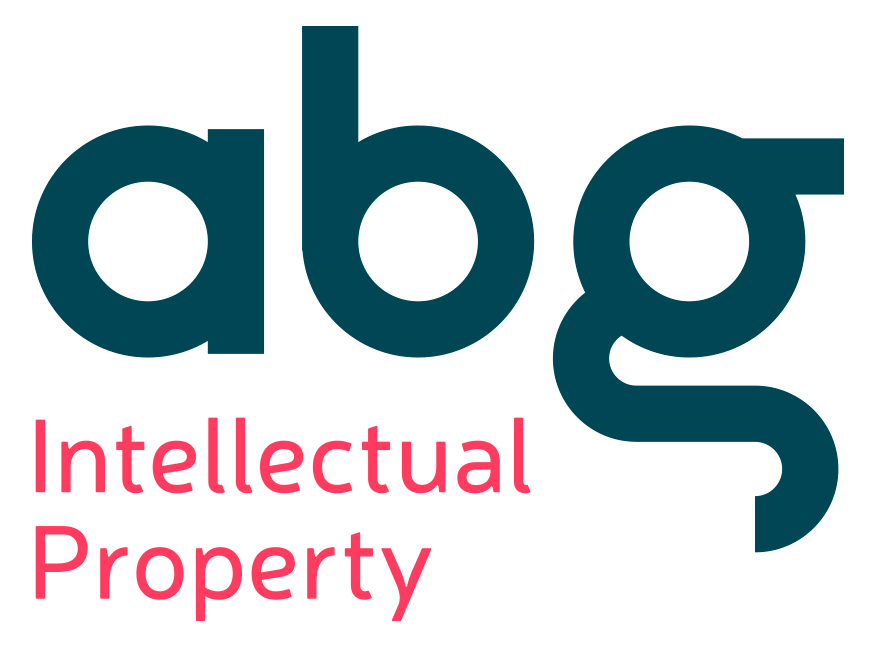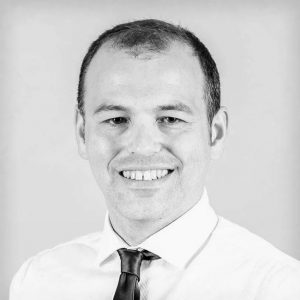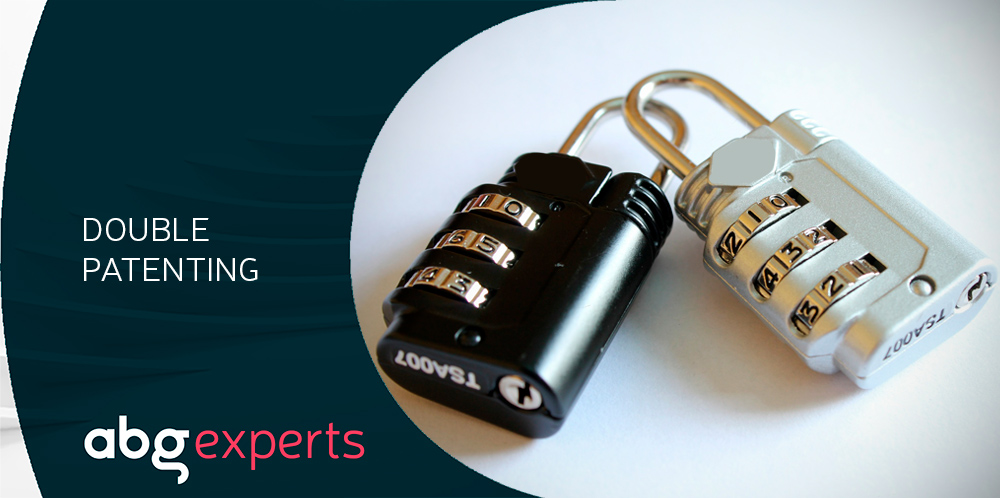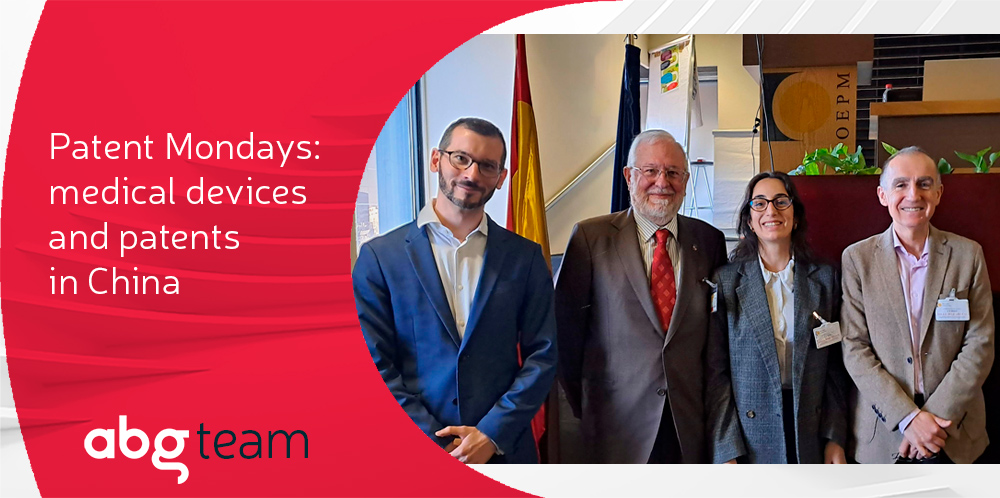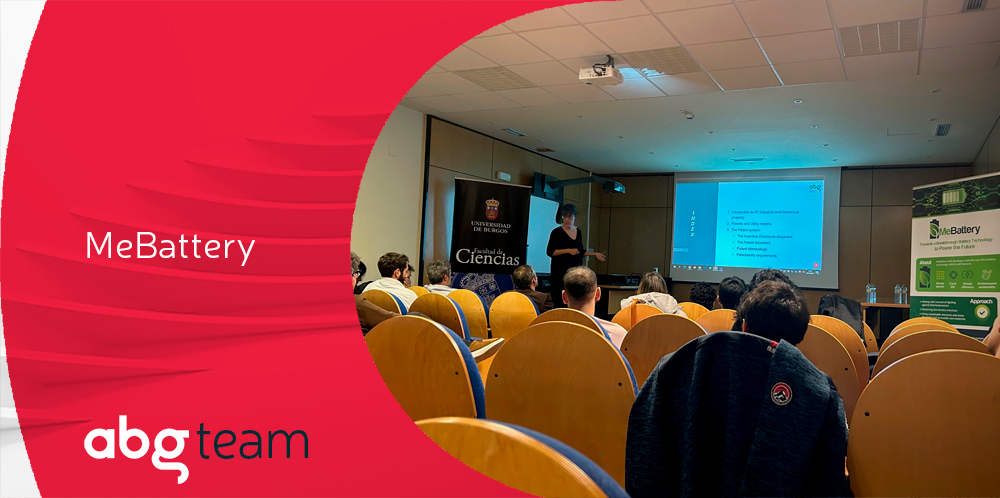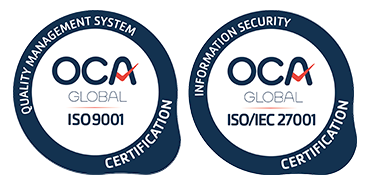Double patenting refers to a situation in which an applicant tries to obtain two or more separate patents in the same territory for the same invention.
In certain circumstances, the filing of several patent applications based on the same invention may be advantageous for a variety of reasons. For example, one application may claim the invention in broad terms and a divisional application may be filed with claims drawn to a narrower scope or a preferred embodiment for attempting to get a quicker grant on that subject-matter.
The Guidelines for Examination in the European Patent Office (EPO) state that “it is an accepted principle in most patent systems that two patents cannot be granted to the same applicant for one invention” (see G-IV, 5.4). Although the prohibition against double-patenting has no explicit legal basis in the European Patent Convention (EPC), in practice EPO’s examiners tend to follow the principles set out in decisions G 1/05 and G 1/06, in which the Enlarged Board of Appeal decided that double patenting should be prohibited because the applicant “has no legitimate interest in proceedings leading to the grant of a second patent for the same subject-matter if he already possesses one granted patent therefor”.
Double patenting issues typically arise around the question of what constitutes the same subject-matter.
Prohibition of double patenting
The prohibition of double patenting may apply in the EPO to three types of combinations of European applications by the same applicant:
- multiple applications filed on the same day,
- parent and divisional applications, or
- a priority application and subsequent applications claiming this priority.
The EPO’s boards of appeal have dealt with the above situations in several occasions, resulting in contradictory rulings. For instance, regarding the third scenario, in T 1423/07 the board noted that double patenting was not prohibited for European applications claiming a European priority because of the applicant’s clear legitimate interest in the longer term of protection possibly available with the later filing, in view of the fact that the filing date and not the priority date was the relevant date for calculating the 20-year term of the patent.
By contrast, in T 307/03 it was held that Article 60 EPC (i.e. considering the inventor’s right to a European patent as the right to one and only one European patent) prevents double patenting even in cases of internal priority.
Three questions to the Enlarged Board of Appeal
In light of these divergent positions, the technical board of appeal in T 0318/14 referred in 2019 the following questions to the Enlarged Board of Appeal (EBA) (minutes here):
1. Can a European patent application be refused under Article 97(2) EPC if it claims the same subject-matter as a European patent granted to the same applicant which does not form part of the state of the art pursuant to Article 54(2) and (3) EPC?
2.1. If the answer to the first question is yes, what are the conditions for such a refusal and are different conditions to be applied where the European patent application under examination was filed
-
-
- on the same date as, or
- as a European divisional application (Article 76(1) EPC) in respect of, or
- claiming the priority (Article 88 EPC) in respect of a European patent application on the basis of which a European patent was granted to the same applicant?
-
2.2. In particular, in the latter case, does an applicant have a legitimate interest in the grant of the (subsequent) European patent application in view of the fact that the filing date and not the priority date is the relevant date for calculating the term of the European patent under Article 63(1) EPC?
It is worthwhile to mention that in the case at issue in T 0318/14 the Examining Division found that the claims under analysis were “100% identical” to the claims in its already-granted European priority application. On appeal, the applicant merely introduced formal amendments in the wording of the claims so that claim 1 then defined “Composition … for treating or preventing …” (whereas the priority patent claims “Composition … for use in the treatment or prevention of…”).
Thus, the applicant was not worried about whether the application under dispute claimed the same subject-matter granted in the priority application. Rather, the applicant wanted to argue its legitimate interest in the grant of a subsequent application with an additional year of patent term.
End to years of ambiguity as to the legal basis
The Enlarged Board answered the referred questions in its decision G 4/19 (Double patenting) of 22 June 2021 as follows:
1. A European patent application can be refused under Articles 97(2) and 125 EPC if it claims the same subject-matter as a European patent which has been granted to the same applicant and does not form part of the state of the art pursuant to Article 54(2) and (3) EPC.
2.1 The application can be refused on that legal basis, irrespective of whether it
-
- was filed on the same date as, or
- is an earlier application or a divisional application (Article 76(1) EPC) in respect of, or
- claims the same priority (Article 88 EPC) as
the European patent application leading to the European patent already granted.
2.2 In view of the answer to Question 2.1 a separate answer is not required
According to the EBA’s ruling, the preparatory works of the EPC (commonly referred to as the “travaux préparatoires”) demonstrate that it was the legislator’s intention that the EPO should prohibit double patenting by taking into account principles of procedural law generally recognised in the Contracting States, i.e. by a direct application of Article 125 EPC, even in cases arising from internal priority (scenario c) above).
Pending clarifications as to the concept of “same invention”
While decision G 4/19 puts an end to years of ambiguity with its conclusion that Art. 125 EPC provides legal basis for the prohibition of double patenting, it should be noted that the meaning of “same applicant” or “same subject matter” was not addressed. Regarding the interpretation of the latter concept, the EBA just cursorily mentions (see Reasons, point 2) that a distinction between double protection (claims with overlapping scope) and double patenting (claims for the same invention) needs to be kept in mind by referring to Reasons, points 17-24 of the decision T 0318/14.
This may be seen as a subtle confirmation that the ban on double patenting at the EPO is not applicable when the claim scopes are not identical and that overlap between the claims is permitted, as set out in the Guidelines (see G-IV, 5.4). In any case, it is more than sure that legal disputes around the degree of distinction required to escape from the prohibition are still to come in the future.
